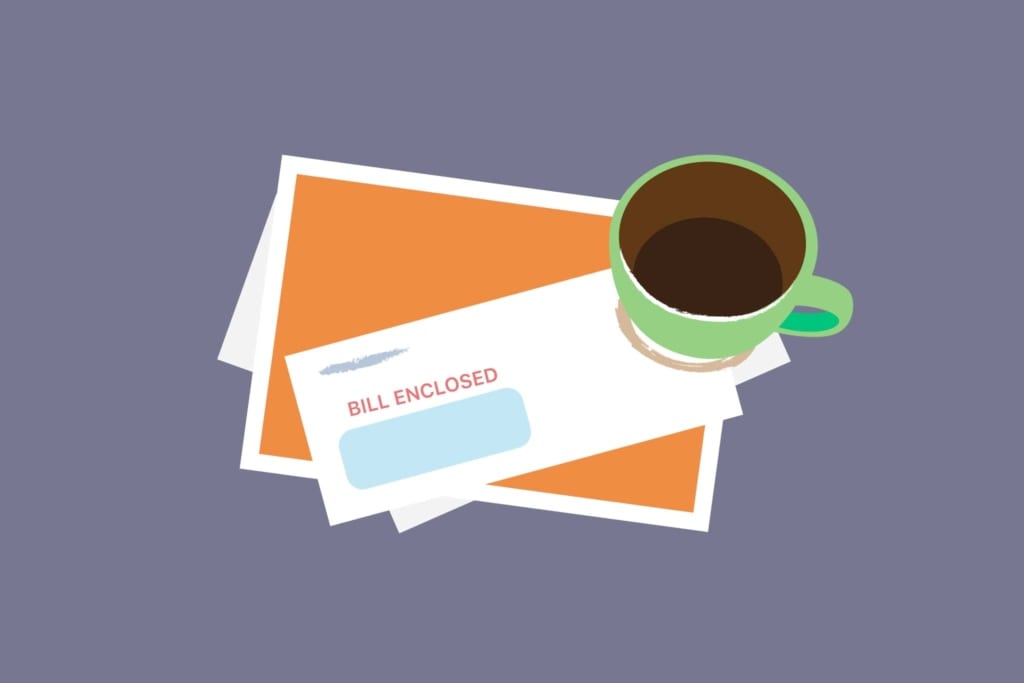I recently went to my doctor for an old shoulder injury. Since I haven’t seen this doctor in a while, I expected to fill out the requisite intake forms. COVID-19 has forced many practices to adopt digital communications to improve the patient experience so I was encouraged when the forms were sent to me digitally before my appointment. What I didn’t expect though was a balance on my account. To make matters worse, there was no way for me to look into the details of this balance or pay it off. The only thing I could do was see my balance and either call into the practice or wait until my appointment to pay it. Medical practices have accepted, and in some ways, embraced the digital consumerization of healthcare, unfortunately there is still a lot more that needs to be done to personalize medical billing to provide a progressive end-to-end patient experience.
It is now widely agreed upon that COVID-19 was the catalyst that brought medical practice digital transformation from the fringes into the mainstream. From telehealth to intake forms, these changes are here to stay – and are growing. According to McKinsey & Company surveys, 57% of providers view telehealth more favorably than before COVID-19 and 64% report that they are more comfortable using it, with the estimation that $250 billion in care could shift to telehealth after the pandemic. Whereas 53% of respondents to a Forrester study said they would switch medical providers if it meant they could get access to touchless patient intake and registration tools. On the other hand, thirty-one percent of respondents in that same study said they don’t think their medical providers have done enough to improve the patient medical billing process. My $110 unexpected balance is just one example.
I don’t like receiving paper bills. I prefer digital invoices that are easy to understand and navigate. The portal I logged into didn’t provide any insight into where my balance came from, and to make matters worse, I was due to receive a paper bill. I didn’t want a paper bill. I wanted to know why I owed money, and to pay my balance. But, I couldn’t. The communication was all one-way with no way to engage. Bi-directional communication would have put the power in my hands to get to the bottom of my bill so I could have paid it online, and my doctor would have had his money weeks earlier.
Patients want a seamless digital experience, and since the billing process is usually the last touch-point, it’s important that it doesn’t ruin a positive medical visit. There is a clear problem we are solving with our software. Through bi-directional engagement, personalized billing and easy to understand bills, Inbox Health can help my doctor eliminate outstanding bills like mine, and allow me to walk into my appointment thinking about my injury instead of my balance. This is why we have seen so many billers sign on with us this last year, and I’m excited for the future.
